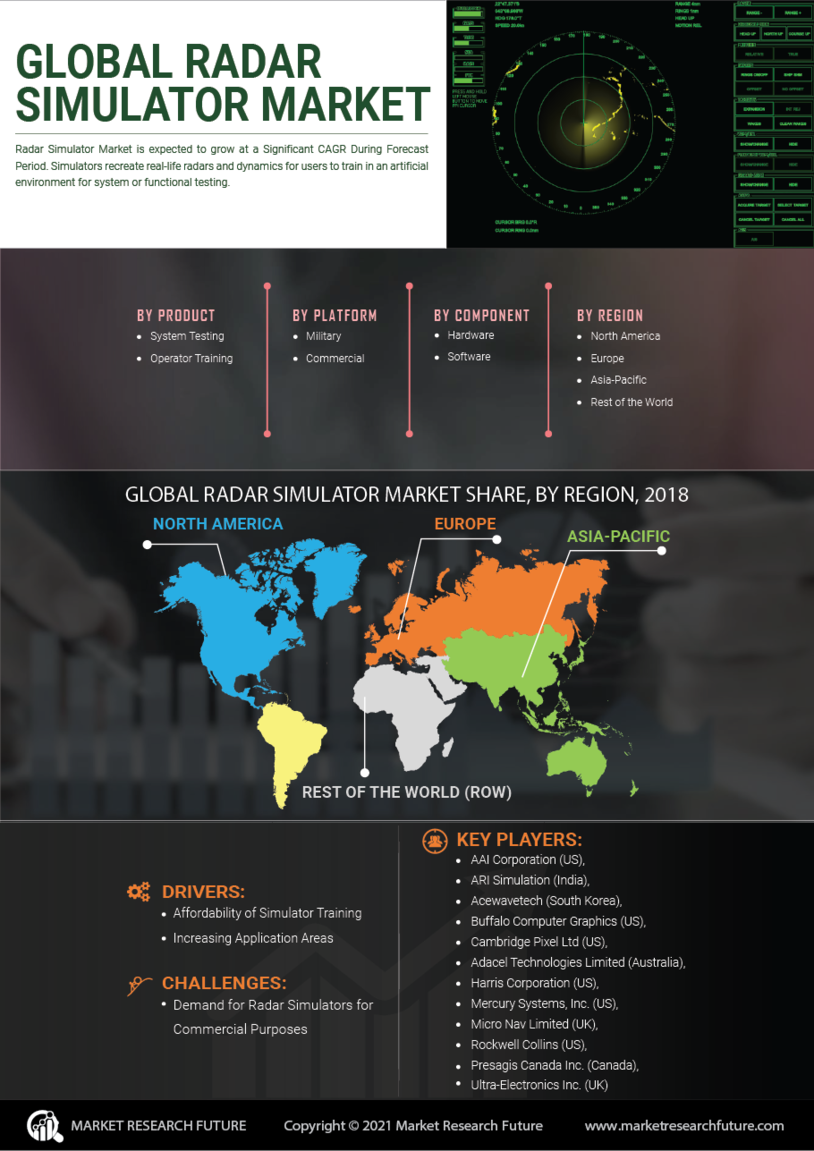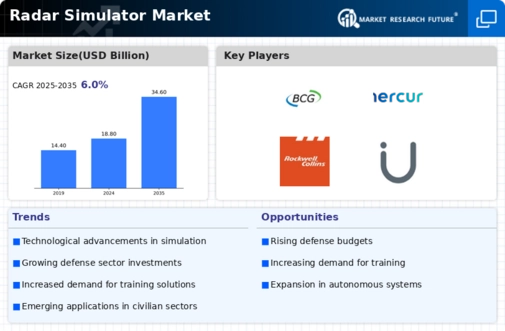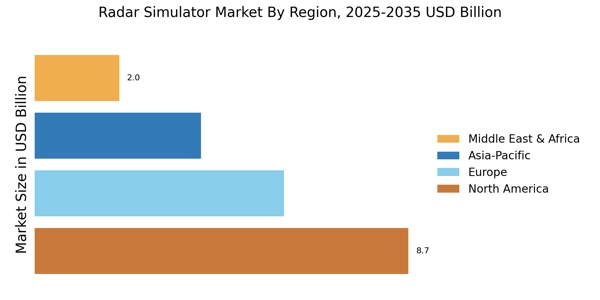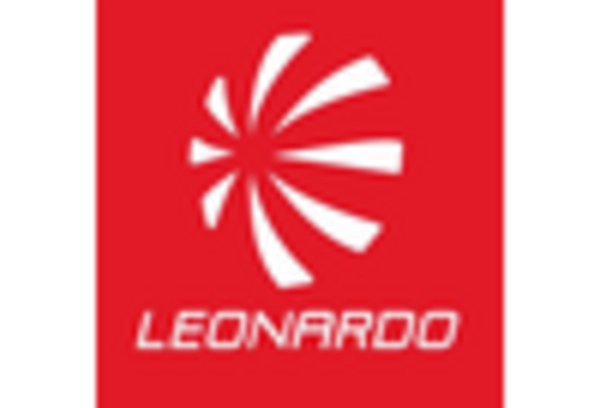Leading market players are investing heavily in research and development to expand their product lines, which will help the radar simulator market grow even more. Market participants are also undertaking various strategic activities to expand their global footprint, with important market developments including new product launches, contractual agreements, mergers and acquisitions, higher investments, and collaboration with other organizations. The radar simulator industry must offer cost-effective items to expand and survive in a more competitive and rising market climate.
Manufacturing locally to minimize operational costs is one of the key business tactics manufacturers use in the global radar simulator industry to benefit clients and increase the market sector. In recent years, the radar simulator industry has offered some of the most significant advantages to medicine.
Major players in the Radar Simulator Market, including Acewavetech (South Korea), Buffalo Computer Graphics (US), Cambridge Pixel Ltd (US), Adacel Technologies Limited (Australia), Harris Corporation (US), Mercury Systems Inc. (US),Micro Nav Limited (UK), Rockwell Collins (US),Presagis Canada Inc. (Canada), and Ultra Electronics Inc. (UK). and others, are attempting to increase market demand by investing in research and development operations.
Mercury Systems is a technology company that makes the world safer and more secure—making the latest commercial technologies more accessible for today’s most challenging aerospace and defense missions. From silicon to system scale, Mercury enables customers to accelerate innovation and turn data into decision superiority. They are headquartered in Andover, Massachusetts.Mercury Systems, Inc. (Atlanta Micro) bought Atlanta Micro, Inc., based in Norcross, Georgia. Atlanta is a leading designer and manufacturer of high-performance RF modules and components, such as advanced monolithic microwave integrated circuits (MMICs), critical for high-speed data acquisition applications, such as electronic warfare, radar, and weapons.
Adacel - a world leader in air traffic management and air traffic control simulation and training solutions. Established in 1987, Adacel is a publicly traded company listed on the ASX. The company plays a significant role in global air space safety. A world- leader in its industry, Adacel applies cutting-edge technologies to develop advanced air traffic control simulation and training systems and state-of-the-art air traffic management solutions.
Adacel’s customers include international air navigation service providers (ANSPs), military, defense & security organizations, universities, and airport authorities. More than 21% of the world’s airspace is managed with Adacel’s Aurora ATM software. MaxSim tower simulator and Training systems lead the industry with the highest number of installations worldwide. Adacel’s latest flagship system, REVAL, a digital Air Traffic Control (ATC) tower system, delivers a wide spectrum of digital tower operational solutions, from consulting services to system design, development, deployment, and support. Adacel Technologies Limited announced a five-year contract with air services Australia for Control Tower Simulator (CTS) support services.
The contract value is estimated at approximately US$ 7 million.


















Leave a Comment